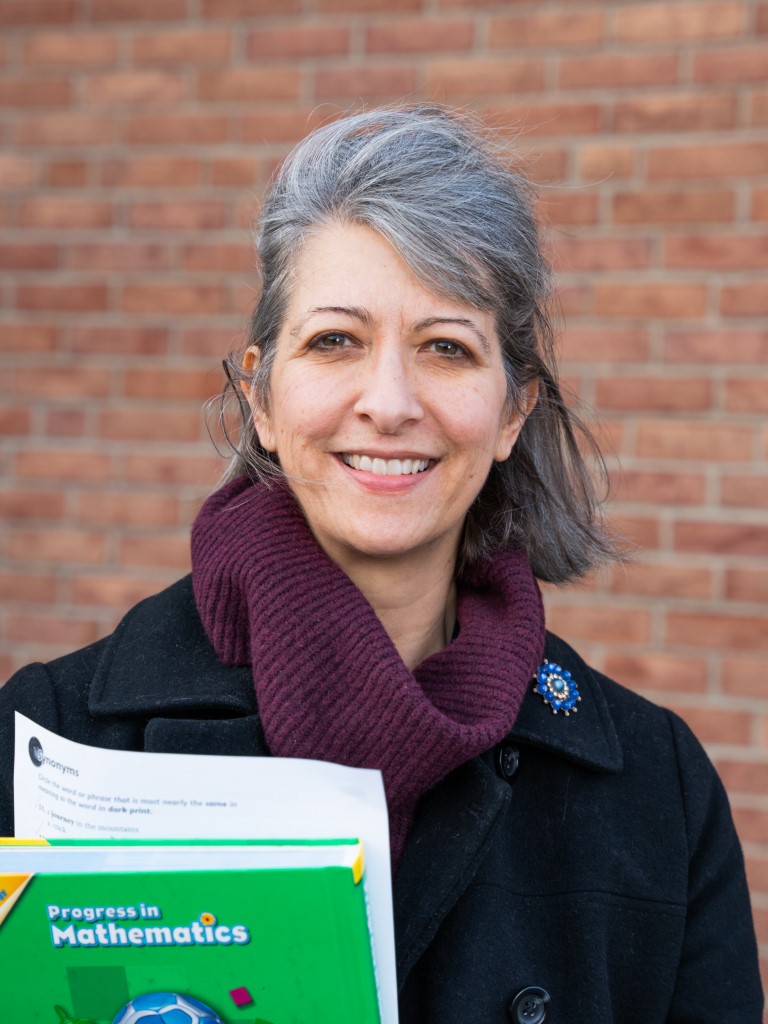When Laura Galusha started at Americares Free Clinics in 1994, the only software program for clinics was designed for patient billing.
But because the clinics don’t charge patients and often send patients to partners for no-cost services, Galusha worked with staff to expand the program, transferring every patient interaction from paper records into the billing software.

The payoff is huge: For decades, Galusha and the Free Clinics team have been able to pull and sort data to show patients’ journeys to improved health and, just as important, estimate the value of services the clinics provide, years ahead of other free and charitable clinics in the country. “At conferences, we could present data no one else could,” says Karen Gottlieb, “and that’s because of the work that Laura Galusha did.”
Galusha came to Americares just after completing her Master of Public Health at SUNY Albany, first as a volunteer, tracking shipments of medicine and medical supplies. But when Americares opened its first clinic, Galusha dedicated her hours to the Free Clinic. “It was exciting — would patients come? Would they stay?” she says. “We celebrated every milestone.”
As the clinics grew, with patients and their care becoming more complex, Galusha kept pushing the software, switching as older programs became obsolete. She also applied her passion for the clinics’ mission to help others, and her admiration grew for her coworkers who, like her, strive for excellence.“The Free Clinics are such a creative, caring place,” says Galusha. “We’re always searching for more and better ways to help patients.”
In late 2021, Galusha reduced her hours to work as a thirdgrade teacher in her hometown of Fairfield, where she raised two boys. The school is connected to Galusha’s church, another passion in her life. Even with her new career in education, Laura’s love of the program and dedication to the patients we serve keep her coming back. Currently, Gottlieb and Galusha are pulling data sets to see factors that might affect diabetic patients’ A1C levels, data that is foundational to achieving health equity.
Now, the clinics’ adoption of electronic health records will make such data analysis easier. But the Free Clinics have enjoyed data insights for decades, all with the help of basic billing software and anything-but-basic creative thinkers.
